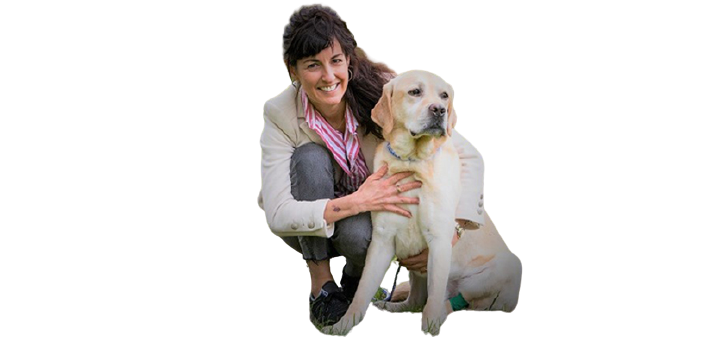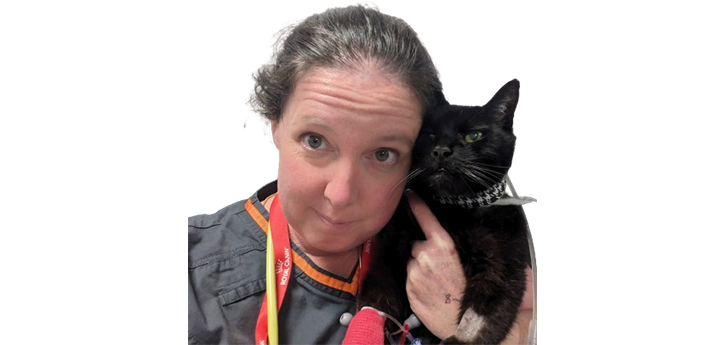Topical treatment
- Twice weekly topical application of lime sulphur, enilconazole or a miconazole/chlorhexidine shampoo.
a. Miconazole shampoos are most effective when combined with chlorhexidine.
b. Chlorhexidine as monotherapy is not very effective and is not recommended.
2. For localised treatment: clotrimazole, miconazole and enilconazole.
3. Topical therapies should be maintained until two consecutive negative fungal cultures are obtained within two weeks of each other
Systemic treatment
- Itraconazole and terbinafine are the most effective and safest options for the treatment of dermatophytosis.
a. Itraconazole at a dose of 5 mg/kg once daily for four weeks.
b. Terbinafine at a dose of 30-40 mg/kg every 24 hours
2. Ketoconazole and fluconazole are less effective treatment options
a. Ketoconazole at a dose of 5 to 10 mg/kg every 24 hours.
b. Fluconazole dose is 5 mg/kg per 24 hours.
Environmental therapy
- Sodium hypochlorite (household bleach) has been shown to be an effective disinfectant when used at concentrations ranging from 1:10 to 1: 100, even with short contact times.
- Enilconazole is also an effective antifungal product for cleaning. It is highly effective at a concentration of 20 μl/L.
- Accelerated hydrogen peroxide (AHP) is one of the newer broad-spectrum disinfectants.






